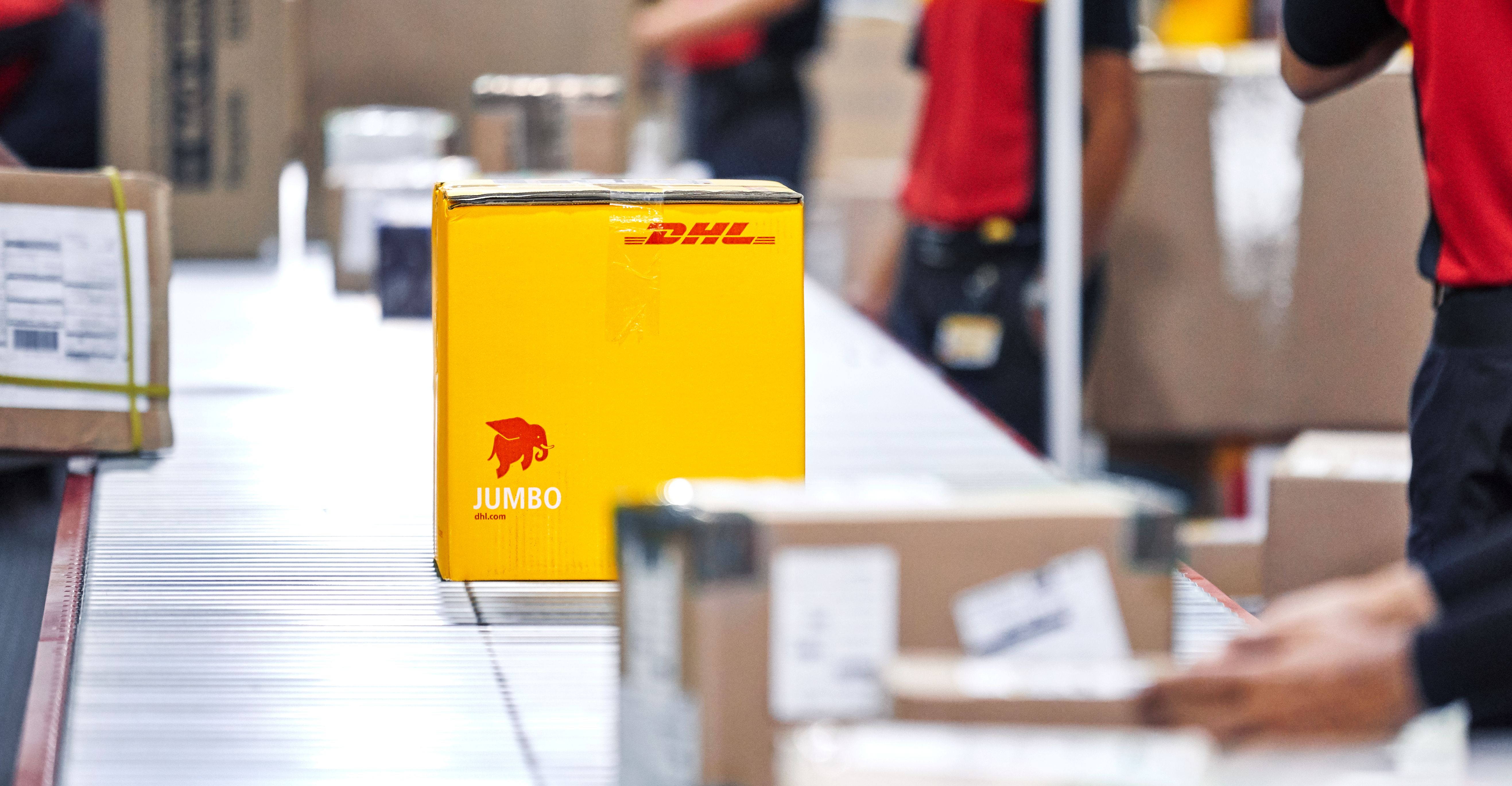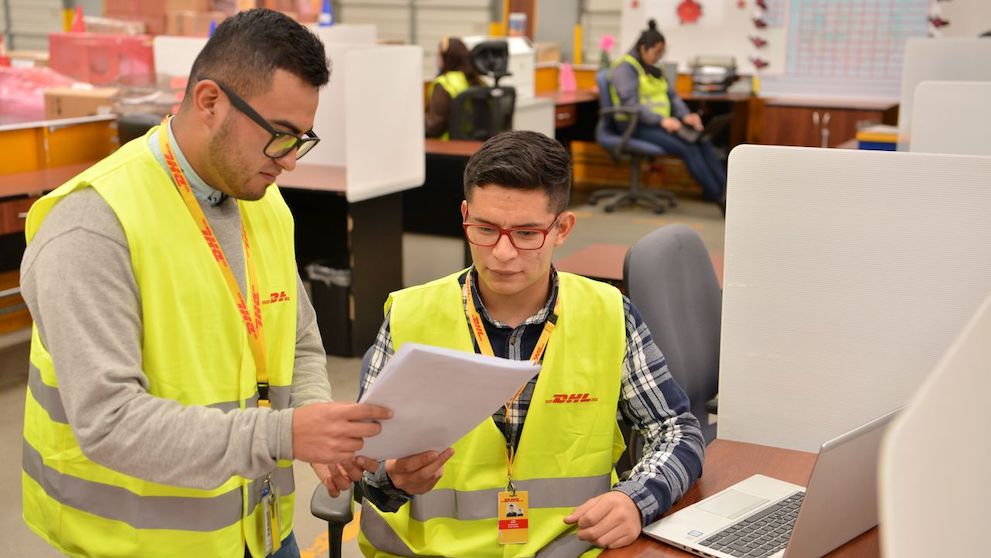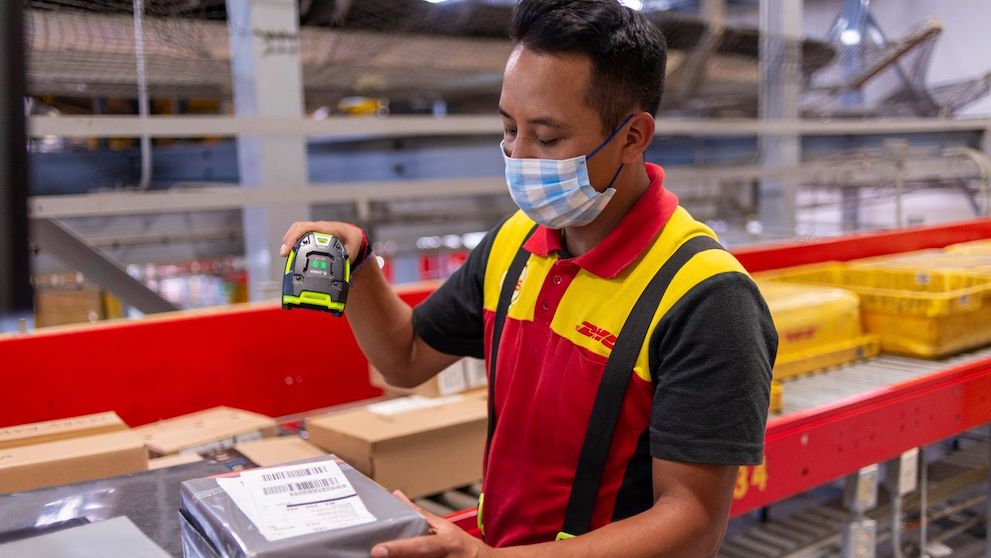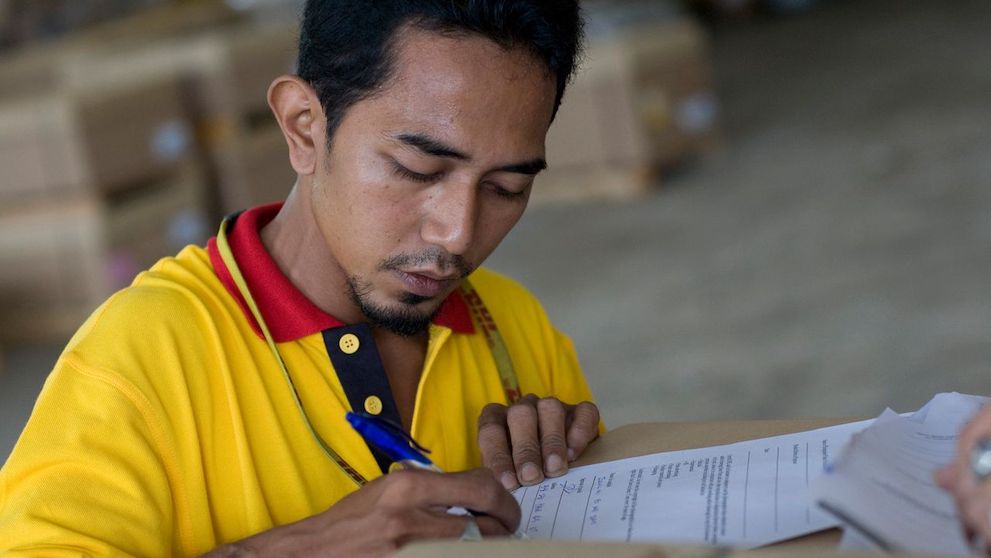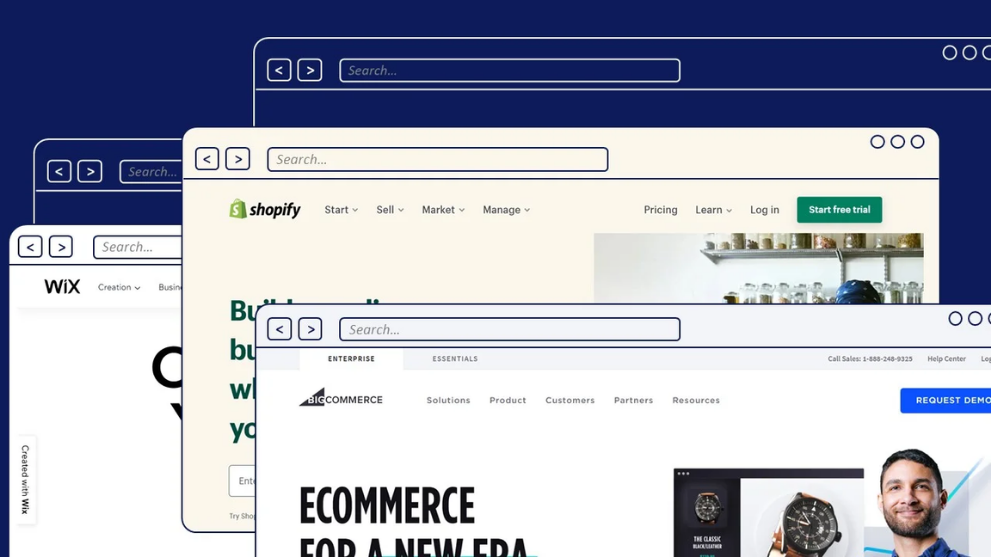
Service recovery strategies for businesses in Malaysia
In the competitive landscape of e-commerce in Malaysia, the ability to swiftly and effectively address customer complaints and issues is not just a necessity – it's a pivotal aspect of maintaining customer loyalty and satisfaction. Service recovery plays a critical role in this process, offering businesses a chance to rectify mistakes and turn potentially negative experiences into positive outcomes.
The importance of implementing proactive service recovery strategies cannot be overstated. These approaches are essential in minimising customer churn and mitigating negative word-of-mouth, both of which can significantly impact a business's reputation and bottom line. This guide will delve into effective service recovery strategies, focusing on understanding consumer expectations, addressing pain points, and illustrating these concepts with good case studies from businesses in Malaysia.
Understanding consumer expectations and pain points
In Malaysia's bustling e-commerce sector, consumers have clear expectations that, when unmet, can lead to dissatisfaction. Common business issues include shipping delays, receiving defective products, and encountering poor customer service. These pain points are more than just hurdles; they represent opportunities for businesses to demonstrate their commitment to improving customer satisfaction.
Recognising the importance of directly addressing these issues, successful e-commerce platforms like Lazada Malaysia have taken proactive steps to not only understand but also effectively mitigate these customer concerns through comprehensive service recovery strategies.
Case Study: Lazada Malaysia
Lazada Malaysia's approach to service recovery serves as a prime example of a business improving upon customer feedback to turn pain points into action. Facing challenges such as logistic inefficiencies, product mismatches, and customer service complaints, Lazada implemented several initiatives aimed at enhancing consumer satisfaction. These included introducing more accessible communication channels, the "Lazada Guarantee" for refunds on unsatisfactory orders, streamlined returns and refund processes, improvements in logistic operations, and programs for seller education and support.
The outcomes of these initiatives were remarkable, leading to a decrease in customer complaints, a good uptick in positive feedback, and a higher rate of repeat purchases. Lazada Malaysia's success in service recovery highlights the power of proactive strategies and customer-centric policies in building trust and loyalty in the competitive e-commerce landscape.
Implementing effective service recovery processes
To navigate the complexities of service recovery, e-commerce businesses in Malaysia must establish robust customer service protocols and escalation procedures. These frameworks ensure that when issues arise, there is a clear path to resolution, minimising the impact on customer satisfaction and maximising sales in their marketplace. Effective strategies include setting clear guidelines for issue identification, implementing a tiered response system for escalating complaints, and ensuring seamless communication across all customer interaction points.
Training frontline staff and customer care representatives play a critical role in the success of these strategies. Equipping these individuals with the skills to handle complaints with empathy and professionalism can transform a potentially negative customer experience into a positive one. This human element is crucial in service recovery, bridging the gap between customer frustration and satisfaction.
Moreover, leveraging technology and automation tools can significantly streamline service recovery processes. Automated ticketing systems, chatbots, and CRM platforms can improve response times and efficiency, allowing businesses to address complaints and issues swiftly. These technological solutions facilitate a smoother, more efficient customer service experience, laying the groundwork for effective service recovery.
Turning service failures into opportunities
Adopting a positive mindset towards service failures is essential. Instead of viewing them solely as setbacks, businesses should see them as invaluable opportunities for learning and improvement. Soliciting and utilising customer feedback is a crucial strategy in this process. Feedback mechanisms can provide direct insights into areas needing enhancement, driving innovation and improvement in services and products.
Embracing this perspective, AirAsia showcases how an effective response to service failures can redefine customer care and elevate a brand’s reputation.
Case study: AirAsia
AirAsia's journey from addressing service failures to enhancing brand reputation and customer satisfaction underlines the effectiveness of viewing challenges as opportunities. The airline, confronted with issues like flight delays, cancellations, and customer service complaints, implemented strategies that emphasised transparent communication, flexible rebooking options, and enhanced customer support, including a 24/7 chatbot service.
Furthermore, AirAsia leveraged customer feedback as a cornerstone of its service recovery strategy. By actively seeking out and acting on customer input, the airline identified critical areas for improvement and innovation. This commitment to listening and responding to customer needs not only improved satisfaction levels but also earned AirAsia accolades in customer service excellence.
AirAsia’s approach demonstrates the transformative power of a positive outlook on service failures, illustrating how they can be leveraged to strengthen brand loyalty and enhance customer relationships.
Measuring and monitoring service recovery performance
To ensure the success of service recovery efforts, businesses must track key performance indicators (KPIs) related to service recovery. These include resolution time, customer satisfaction scores, and repeat purchase rates. Monitoring these KPIs helps businesses understand the efficacy of their service recovery strategies and their impact on customer perception and loyalty.
Furthermore, implementing feedback mechanisms and customer surveys is essential to gather insights into the effectiveness of service recovery efforts. These tools allow businesses to directly hear from their customers about the service recovery experience, providing valuable data that can inform continuous improvement. Regular monitoring and evaluation of these processes ensure that e-commerce businesses can quickly adapt and refine their strategies to meet evolving customer needs and expectations.
Managing customer recovery in Malaysian e-commerce businesses

Throughout this guide, we have explored various strategies for implementing effective service recovery processes in e-commerce businesses in Malaysia. From understanding customer expectations and pain points to leveraging technology for efficient service recovery, these approaches are critical in maintaining customer satisfaction and loyalty. The case studies of Lazada Malaysia and AirAsia underscored the importance of a proactive stance towards service recovery, demonstrating how it can enhance brand reputation and foster long-term business success.
In today's competitive e-commerce landscape in Malaysia, prioritising service excellence and investing in strong customer relationships are non-negotiable for businesses aiming for long-term success. Effective service recovery initiatives not only address immediate customer issues but also contribute to building a loyal customer base.





